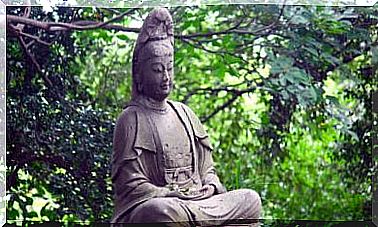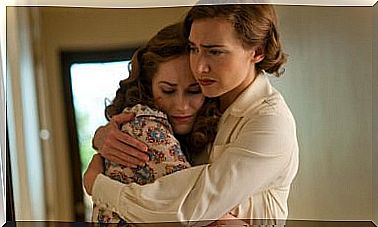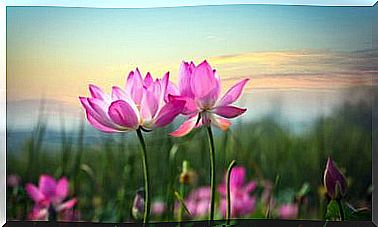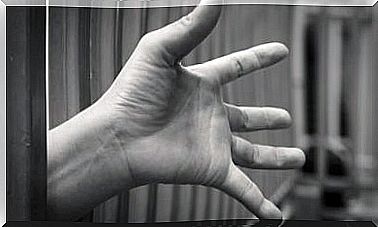Paul Gauguin, Questioning Aboriginal Inspiration
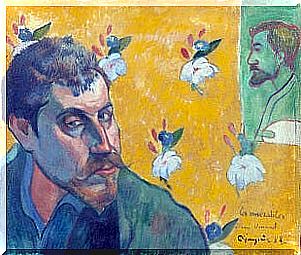
Eugene Henri Paul Gauguin, better known as Paul Gauguin, was a prominent French artist . His work has been classified as Post-Impressionist, Synthetist, and Symbolist.
As a post-impressionist artist his work went beyond painting, he was also a sculptor, printer and writer . Although, his work acquired importance only after his death.
The artist is particularly known for his creative relationship with Vincent van Gogh . Furthermore, he is known to have abandoned his family opting for a self-imposed exile in Tahiti, French Polynesia.
Gauguin, famous for his bold colors, simplified forms, and strong lines, had no formal artistic training . The painter followed his own vision against the artistic conventions of the time. His artistic experiments influenced many avant-garde developments in the early 20th century.
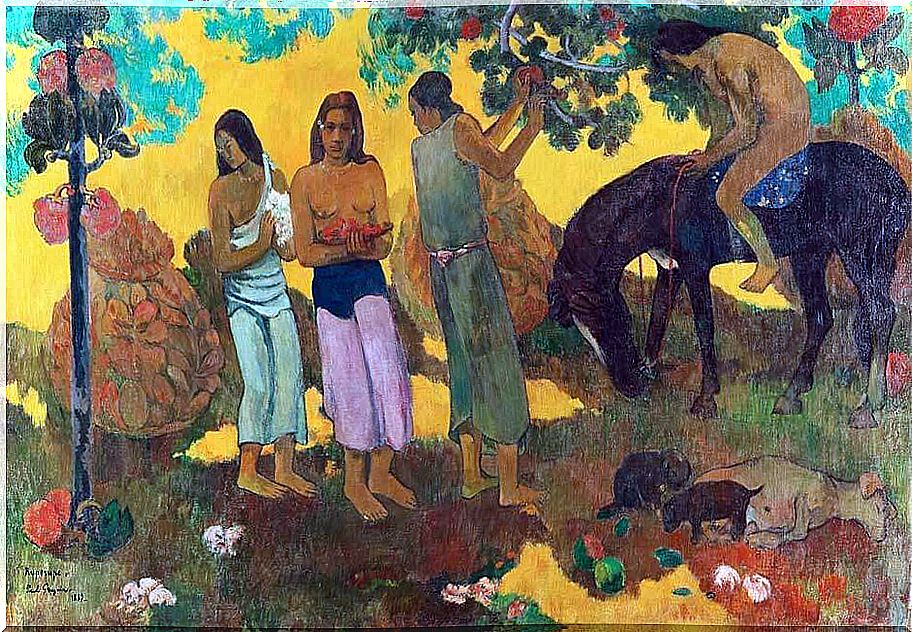
Childhood and youth
He was born on June 7, 1848 in Paris, France, into a wealthy family . His parents were Clovis Gauguin and Aline Maria Chazal. His father was a journalist.
The maternal family deserves special mention, her mother was the daughter of the feminist and proto-socialist leader Flora Tristán . His maternal grandfather, of Aragonese descent, belonged to an influential family in Peru.
In 1849, his father’s political activities forced the family into exile, fleeing Louis Napoleon Bonaparte . The Gauguin family left for Peru on a journey marked by tragedy, as their father died during the trip. Gauguin’s mother and her two sons moved in with the painter’s great-uncle.
In the city of Lima, he would live in the aristocratic mansion of the Tristán and Moscoso family for several years . Hence, Spanish was his first language.
His stay in Peru would mark him for life, to such an extent that he himself baptized himself as the ‘Peruvian savage’. The family returned to France when Paul Gauguin was seven years old .
For three years, he was in the Catholic boarding school of La Chapelle-Saint-Mesmin. He served as a sailor when he was 17 years old and later joined the French navy with which he served for two years.
Paul Gauguin: his career
In 1871, when he was 23 years old, he returned to Paris . He got a job as a stockbroker and went on to become a successful businessman. At this stage, Paul Gauguin lived in prosperity.
He began painting as a hobby in 1873. He forged a great friendship with the artist Camille Pissarro, and his work attracted the interest of the Impressionists.
The Impressionists were a group of revolutionary artists who challenged traditional methods and themes . Although the majority had been rejected by the academicists of French art.
Gauguin was invited to exhibit at the group’s fourth exhibition in 1879. Thus, his work appeared among the works of Pissarro, Edgar Degas, Claude Monet, and other great artists.
Over time, he became disillusioned with Impressionism and traditional European painting and was intrigued by the art of Africa and Asia . During that time in Europe, art from other cultures was in vogue.
By 1889, his art had evolved into cloisonism after being influenced by folk art and Japanese art . That year, he produced his most famous work: The Yellow Christ .
Desiring to escape European society, Paul Gauguin traveled to Tahiti in 1891 . There, he hoped to explore his creative freedom. In this period, he painted By the Sea and Ave Maria , along with other paintings depicting Tahitian life.
He returned to France in 1893 and painted the Day of God in 1894, a work in which he portrayed the Tahitian religion . Later, he moved to Punaauia, west coast of the island of Tahiti, in 1897; in this place, he painted Where do we come from? What are we? Where we go?.
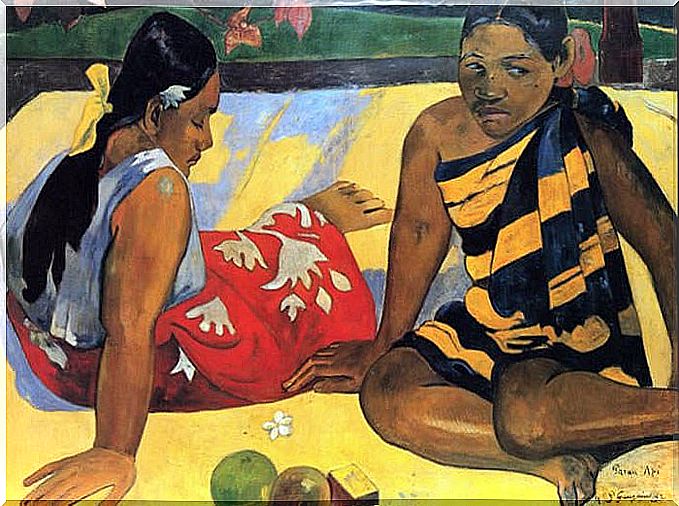
Main works
His painting The Yellow Christ is undoubtedly considered a key work of symbolism . It shows the crucifixion of Christ in 19th century France. For his development, he used bold lines and bright colors such as red and green in the background, which contrast with the yellow he used to capture Christ.
The painting Where do we come from? What are we? Where we go? it encompasses the existential questions that arise in the minds of human beings for which they seek spiritual answers. The painting is marked by thick brush strokes and bold colors and is considered a masterpiece of the Post-Impressionist pictorial movement .
By 1891, Gauguin borrowed the culture around him and managed to create truly innovative works . In La Orana María , he represented in a Tahitian mother and child the Christian figures of the Virgin Mary and Jesus.
According to various art historians, the work of Paul Gauguin was very inspiring for painters who later developed Cubism. Pablo Picasso, in particular, admired Gauguin’s thick brushstrokes.
Personal life and legacy
At age 25, he married Danish Mette Sophie Gad, an amateur painter . With her, he would have 5 children in the next 10 years. After losing their job in the stock market in 1884, the family moved to Denmark.
There he tried to earn a living working as a salesman. However, this effort was unsuccessful and his wife had to take over and become the main breadwinner in the family.
Paul Gauguin decides to abandon his wife and children and dedicate himself fully to painting . From this moment on, his path becomes a veritable procession of misfortunes and vicissitudes. Her long list of abandoned lovers and children also begins.
In 1886, he moved to the Brittany region, where he came to enjoy recognition in the community of young painters . In Pont-Aven, his unrequited love for the 17-year-old painter Madeleine Bernard influences his decision to travel to Arles, invited by Van Gogh.
Living with Van Gogh resulted in one of the darkest episodes in the lives of both painters . It is at this stage, the tragic event occurs in which Van Gogh loses his ear. Gauguin has at times been seen as the trigger for Van Gogh’s madness.
His foreplay with mistresses is continuous . Thus, he makes another of his lovers, Juliette Huet, pregnant, whom he would later abandon.
Next, he begins his adventure of going to Panama and the French Antilles . For a short time, he worked as a laborer for the Panama Canal Company.
Later, Paul Gauguin settled in Martinique in 1887. On the island, he produced his first works impregnated with indigenism that would later lead him to fame.
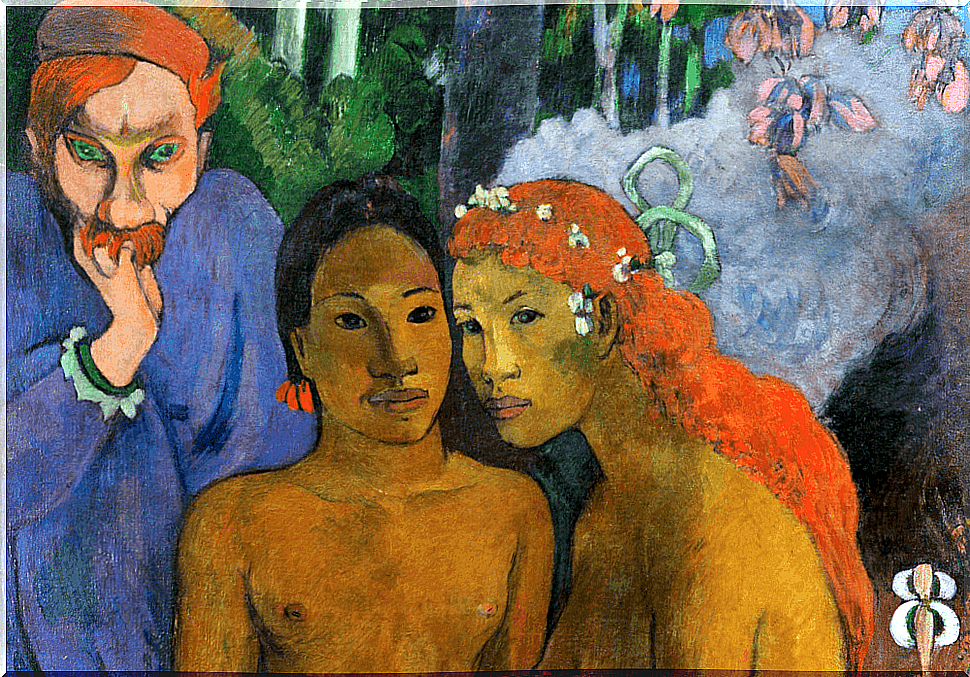
Paul Gauguin in Tahiti
In 1891, he moved to Tahiti, an island where he would later produce his most recognized work . He lived in Tahiti from 1891 to 1893 and again from 1895 until his death.
At this time, he has relationships with a 13-year-old girl, Teha’amana, who was sold by her own parents. With her he had a daughter and also served as a model for his paintings.
After leaving her, Paul Gauguin has a multitude of lovers with similar or even younger ages . This tendency to pedophilia, already at the time, aroused enormous controversy.
In 1893, Gauguin returned to France to show some of his Tahitian pieces . The response to his artwork was mixed and he failed to sell too much.
Art critics and buyers did not know what to do with his primitive style . Before long, Gauguin returned to French Polynesia.
The economic precariousness was constant in this stage of his life. His painting was not understood or appreciated in his time.
Before his departure to Panama, he already suffered from tuberculosis, and also syphilis. Throughout his life he suffered bouts of depression and alcohol addiction, and had even attempted suicide on one occasion.
He died of a morphine overdose and a heart attack in 1903, at the age of 54.
Recently, the life of the painter was represented in the film Gauguin, journey to Tahiti , by Edouard Deluc. In the film, the little indigenous inspiring of several masterpieces, who in real life was only 13 years old, is played by an older actress Tuhei Adams, 17 years old.


